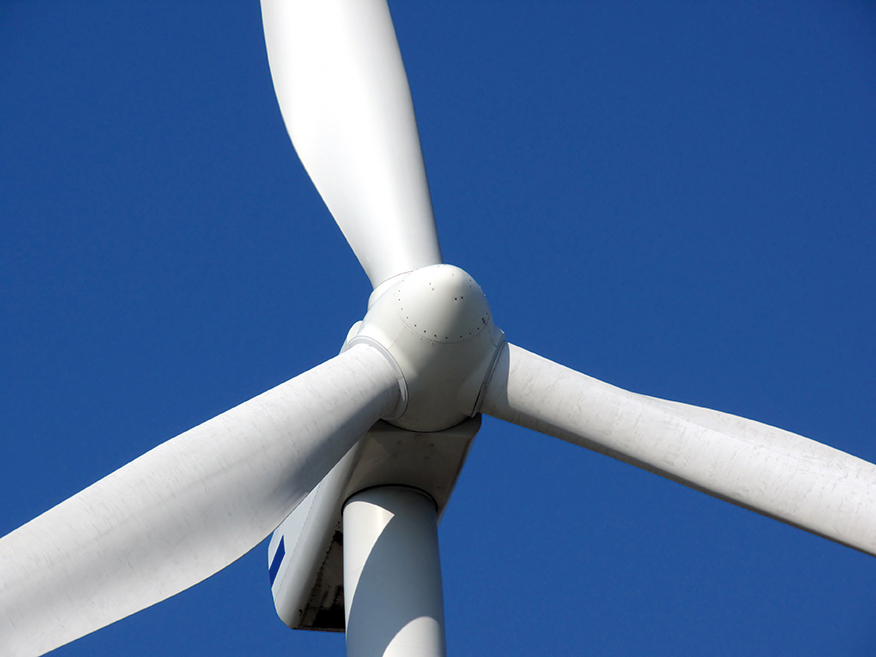A wind turbine converts the kinetic energy of wind into mechanical energy, thus producing electricity. It must face the direction of the wind, so that the blades are set in circular motion by the wind’s kinetic energy. The blades are connected to a rotor, which in turn generates the rotation of a generator located on the same axis. A gearbox is also used to accelerate the rotation velocity, to increase the efficiency of the system.
Wind turbines require specific wind conditions to function properly. Below a wind speed of 3.5 m/s, the yield is negative; in that case, wind turbines are shut down to prevent wasteful consumption.

On the other hand, when the speed exceeds 13.5 m/s, wind turbines must be shut down to prevent damage to the equipment. Local climatic and environmental conditions have a very strong impact on the profitability of the system and they must be carefully studied. The recommended minimum is 5 m/s.
It can be tricky to install wind turbines in an urban environment, where the average wind speed is much lower than in open areas of countryside or near the coast. Wind turbines often face hostility from local communities concerned with the impact of noise and changes to the visual landscape. Despite these obstacles, urban wind turbines have been successfully installed in some cities and they are a potential solution for public transport buildings that are located some distance from other buildings.
